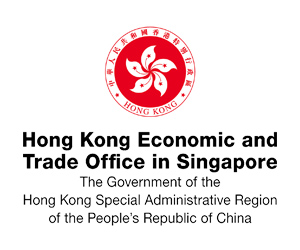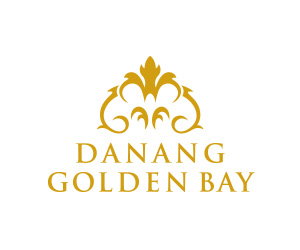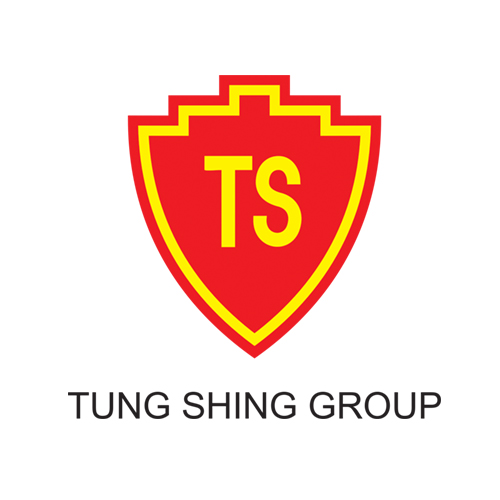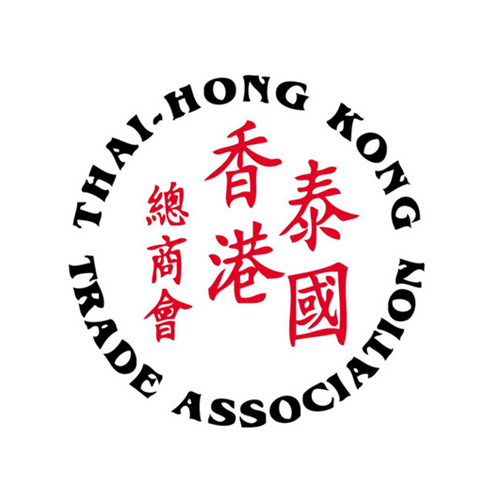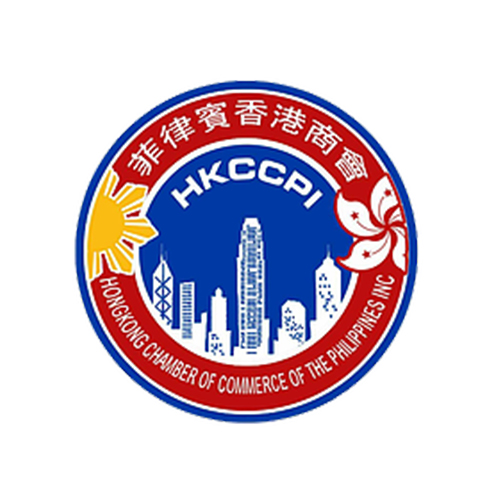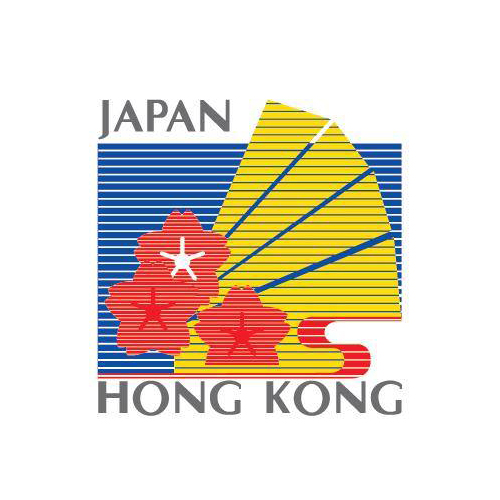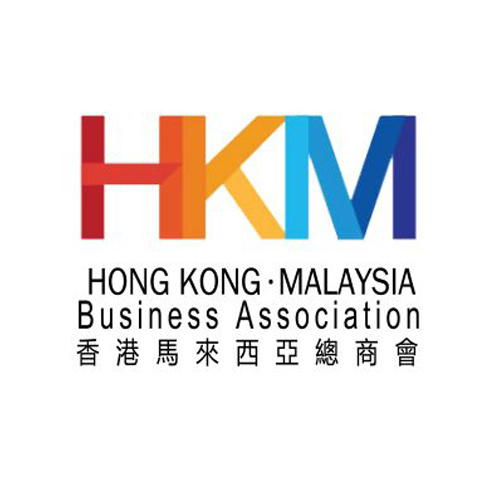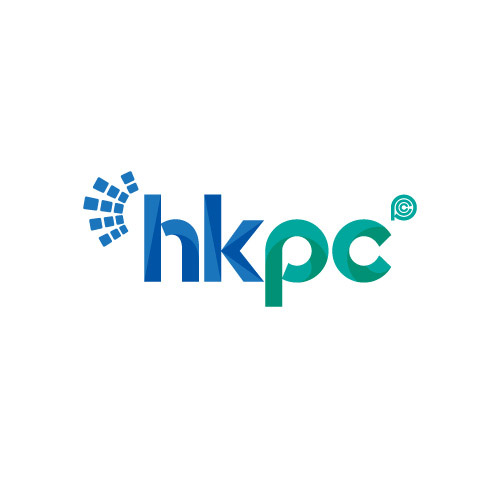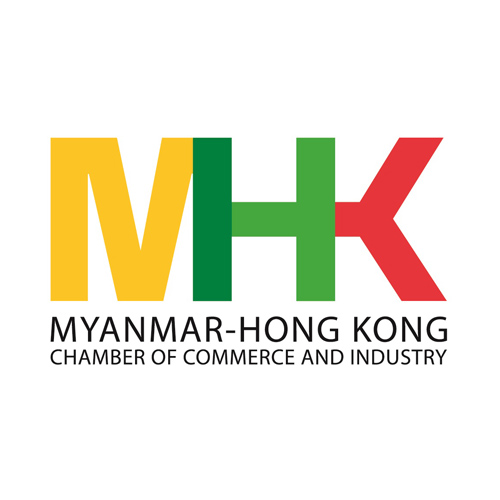Want to be in the loop?
subscribe to
our notification
Business News
BÀ RỊA-VŨNG TÀU TO DEVELOP LOGISTICS SECTOR
The southern province of Bà Rịa-Vũng Tàu has set a goal to develop logistics into a major service sector with a focus on seaport development. The Vũng Tàu Shipbuilding and Oil Services Joint-Stock Company will invest in the new logistics centre and container port.
Located in Phú Mỹ Commune, the Cái Mép Hạ logistics centre will have a total area of 1,200ha, with an estimated investment of VNĐ40 trillion (US$1.71 billion).
The Cái Mép Hạ container port will be developed on an area of 86.6ha with total investment of VNĐ10 trillion.
As a sea-based economy, the province wants to increase the current capacity of its seaports, improve international transshipment services, and achieve throughput capacity of more than 100 million tonnes in coming years.
The province will also continue to upgrade roads to improve connectivity and enhance goods and service circulation, local authorities have said.
By 2020, the province is expected to have 18 port operators and 219 logistics companies, contributing around VNĐ94 trillion to GDP and 47.1 per cent to the service sector.
Seaports in Vũng Tàu City by 2030 will be capable of handling 140 to 275 million tonnes of goods, according to authorities.
Under a master plan for the logistics industry, the province will create favourable conditions for seaport and logistics service providers to meet regional standards.
The master plan calls for businesses in service and market development sectors to join the supply chains of key products like oil and gas, energy, industrial equipment, supporting industries, and building materials, among others.
International gateway
Bà Rịa-Vũng Tàu Province is a major gateway for international shipments in Southeast Asia, especially because of the Cái Mép-Thị Vải port complex, one of the key ports in the region.
The port system is one of only 19 in the world capable of handling 190,000 deadweight tonnage (DWT) vessels.
Container ships from the port complex are capable of transporting goods to Europe and North America.
In addition, the province is only 70km from HCM City’s Cát Lái port.
To improve connectivity, efficiency and port capacity, the province also plans to increase investment in terminals and road infrastructure.
Infrastructure investments in recent years have increased connectivity within the province and with neighbouring economic hubs like HCM City and Đồng Nai Province.
By the end of last year, the province had 315 foreign direct investment (FDI) projects with total registered capital of $27 billion, and 450 domestic projects with total registered capital of more than $11 billion.
Last year, FDI flow reached $1.5 billion in 29 new and seven existing projects.
In the first seven months, the province emerged as the third largest destination of foreign investment, just behind Hà Nội and HCM City.
Total registered capital reached $2.15 billion, accounting for 9.4 percent of total FDI investment in Việt Nam. The province aims to attract $4 billion FDI by 2020.
To meet its target, the provincial government plans on more investor-friendly reforms in many areas.
In addition, it also plans to increase investment in distribution networks, technology transfer, skill development, and funding for small- and medium-sized enterprises.
The four key sectors in the province include seaport logistics, high-tech industrial production, tourism, and high-tech agriculture.
Other areas of opportunities for investors include food processing, shipbuilding, traffic infrastructure, and metallurgy-mechanical engineering.
Located in the southern key economic zone, which contributes nearly 8 per cent to the national GDP and 10 per cent to State revenues, Bà Rịa-Vũng Tàu is one of the country’s major investment destinations.
In the last decade, rapid economic growth has resulted in the province having the highest GDP per capita and the third highest living standard in Việt Nam.
Source: VNS
Related News

GOLDEN DEAL, KNOCK-DOWN OFFER
Are you ready for a fun-filled family vacation. Don't miss the super attractive Family Staycation package at Becamex Hotel. 2 days 1 night package with full amenities and free activities: Buffet breakfast, Swimming, tennis, bicycle, gym, sauna, cool ice cream, 300.000 VND service voucher and many other offers! Contact now for detailed advice.

"BEARY CHRISTMAS" CHARITY PROGRAM
As the Festive Season approaches, Caravelle Saigon, in collaboration with VinaCapital Foundation (VCF), is bringing a heartwarming charitable initiative to life — and we are delighted to invite all HKBAV members to take part in the very first “Beary Christmas” Charity Program. By adopting a Caravelle Bear for VND 299,000 nett, you will be directly supporting children battling cancer in Vietnam through VCF’s Can-Care/Can-Clover Program.

SOILBUILD INTERNATIONAL WINS “BEST INDUSTRIAL DEVELOPMENT” AWARD FOR SPECTRUM NGHE AN AT THE PROPERTYGURU VIETNAM PROPERTY AWARDS 2025
Soilbuild International is pleased to announce that its project, Spectrum Nghe An, has been awarded Best Industrial Development at the PropertyGuru Vietnam Property Awards 2025, held on 24th of October 2025, in Ho Chi Minh City. The PropertyGuru Vietnam Property Awards is part of the prestigious PropertyGuru Asia Property Awards series, the largest and most respected real estate awards programme in Asia.

WEBINAR: 2025 VIETNAM KEY TAX FINALISATION, UPDATES ON TAX CHANGES AND GLOBAL MINIMUM TAX
Dear Valued Client,We would like to invite you to our webinars on Friday, 12 December 2025, and Tuesday, 16 December 2025, to review and learn about key 2025 tax finalisation topics and stay ahead with the latest tax changes.
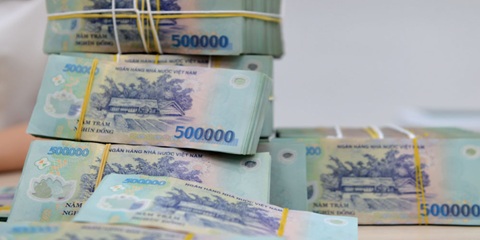
NEW ECONOMIC POLICIES EFFECTIVE THIS DECEMBER
Government Decree 304/2025, effective December 1, sets stricter conditions for seizing collateral, especially assets that are a borrower’s sole residence or essential work tools. In such cases, lenders must set aside a compensation amount equivalent to six to twelve months of minimum wage. The measure aims to improve transparency in bad debt handling and reduce credit risk in the banking system.
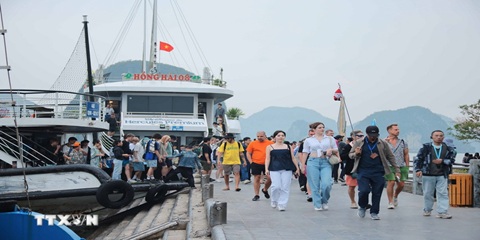
QUANG NINH TARGETS VND58 TRILLION IN TOURISM REVENUE
Quang Ninh Province is aiming to generate VND58 trillion in tourism revenue this year after surpassing its goal of 21 million visitors, driven by new tourism products, expanded nighttime activities, and large-scale events. As of mid-November 2025, Quang Ninh had welcomed 21.28 million visitors, up 12% year-on-year. Tourism revenue reached at least VND57 trillion, a 22.46% increase from the same period last year. With its visitor target achieved, the province is now pushing toward its revenue goal of VND58 trillion.
